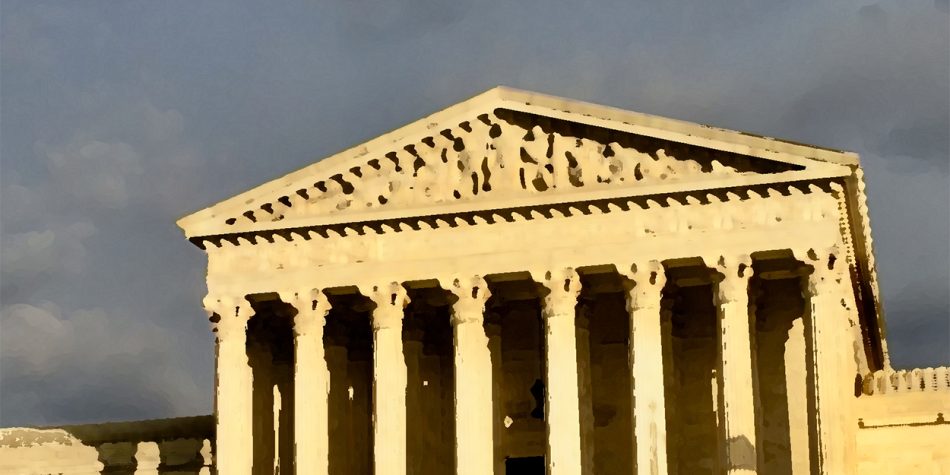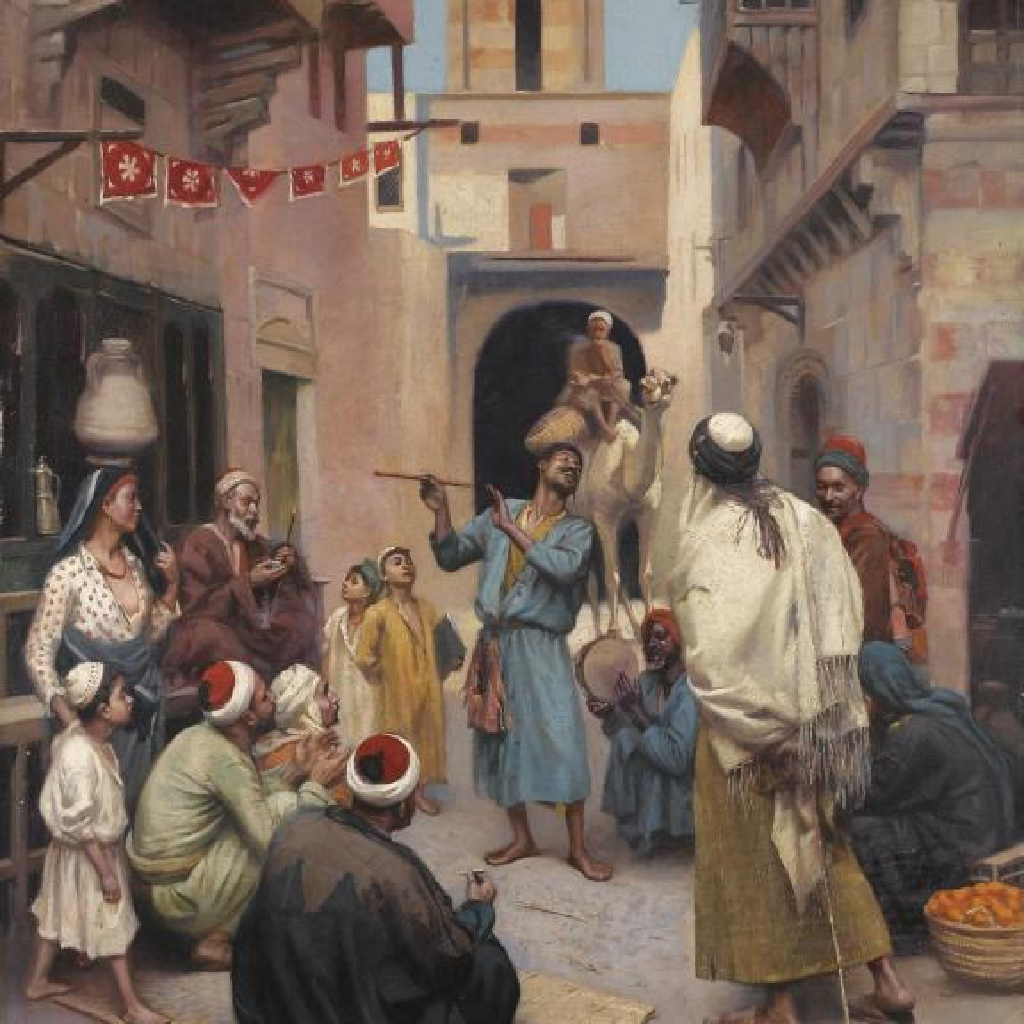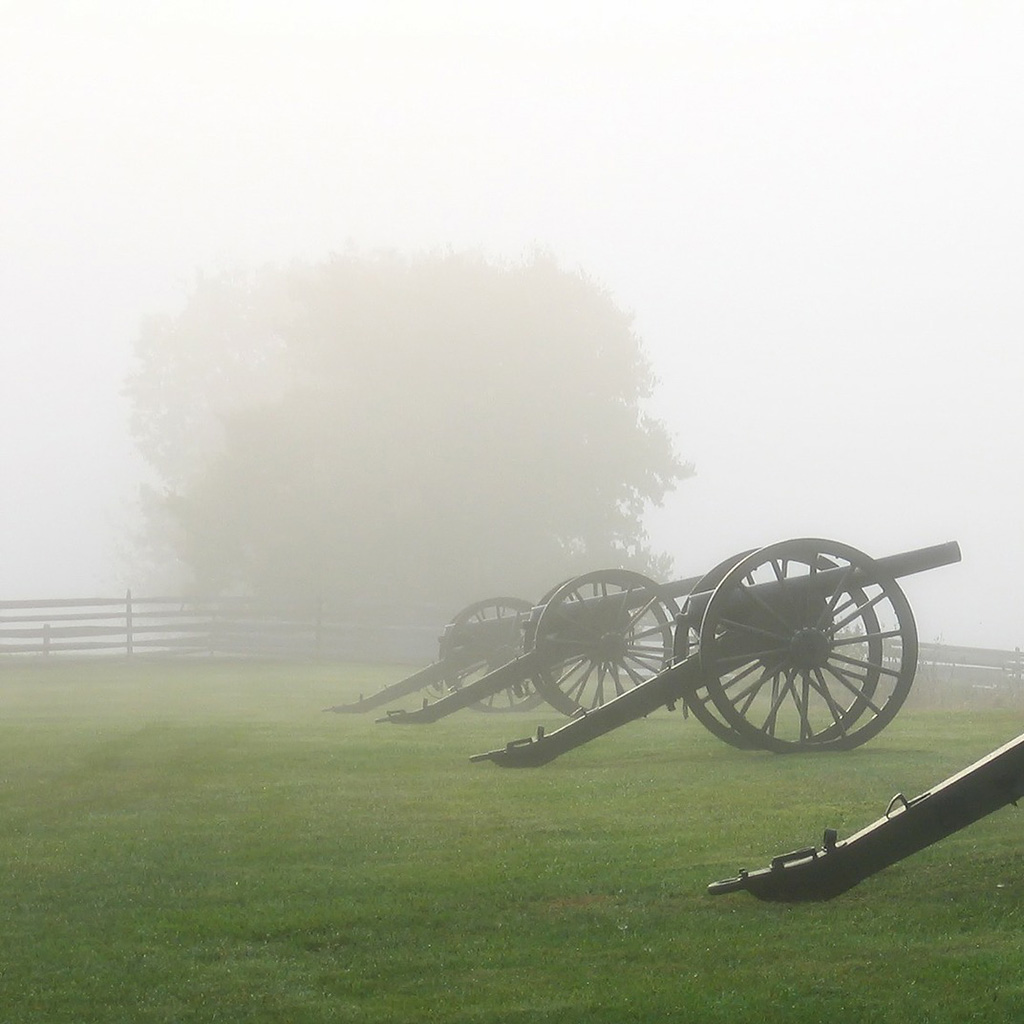Latter-day Saints are familiar with the concept of restoration—to bring back what once was lost. With frequent and divisive headlines that suggest religious freedom is in trouble, it might surprise some that religious freedom in America appears to be in a state of restoration.
On December 10, 2020, in Tanzin v. Tanvir, the Supreme Court, by unanimous vote, held that the Religious Freedom Restoration Act (RFRA) allows religious individuals and organizations to seek monetary relief, in addition to practical relief, when the government burdens their religion. The case began in 2013 when three Muslim men brought their complaints to court: the FBI unjustly placed them on the No Fly List, claiming they were known or suspected terrorists, after the men refused to serve as confidential informants against their religious communities. As a result, the men not only lost their ability to fly from, within, to, and over the United States, but wasted airline tickets, income, and job opportunities. A year of pressure from the lawsuit caused the government to take the men off the No Fly List. But for those men, that was not justice served—they wanted the government to pay for what they had lost in the interim. So the case continued, with the men’s request for money damages making its way, years later, to the Supreme Court.
At the Supreme Court, the question in Tanzin v. Tanvir was whether RFRA allowed the Muslim men to collect money damages. In short, the Court said yes. It answered the question by clarifying two parts of RFRA, (1) that the word “government” includes individual government employees, thereby allowing religious individuals or organizations to bring lawsuits against employees like the FBI agents, and (2) that the phrase “appropriate relief” included money damages, in addition to injunctive relief (which means remedying the immediate problem, like taking the men off the No Fly List). The Supreme Court had settled on an interpretation of the First Amendment that required the government to prove a lot before courts would allow burdens on religious freedom.
While certainly a victory for these Muslim litigants, and for religious freedom generally, the decision does not guarantee the men will receive the money they seek. Qualified immunity—a legal concept that made its way into public consciousness this year during the protests of racial injustice because of its application to police officers—may still stand in the way of the men getting their money. Under qualified immunity, the government just needs to show the law at the time did not “clearly establish” that the FBI agents’ action in placing the men on the No Fly List was wrong.
The Tanzin v. Tanvir decision is another episode in a story of religious freedom restoration in the United States. The history of religious freedom in America has been bumpy, despite the First Amendment enshrining it. Around the 1980s, the Supreme Court had settled on an interpretation of the First Amendment that required the government to prove a lot before courts would allow burdens on religious freedom. The government was required to prove its actions were in pursuit of a compelling government interest and that there were no less restrictive means it could use to accomplish that interest. But in 1990, the Supreme Court changed course. It ruled in Employment Division v. Smith that government could burden religious freedom as long as its actions were neutral and generally applicable to all people, no matter how compelling the government’s interest was or if less restrictive means were available to accomplish the interest.
Advocates of all stripes rejected the change, calling on Congress to restore what had been lost. And in an impressively non-partisan fashion, Congress did so, passing RFRA. RFRA put the stringent requirements back on the government by statute, thereby restoring religious Americans’ rights to petition courts for relief from government burdens, even when they are imposed incidentally. But just over three years later, the Supreme Court held that RFRA only applied if the federal government was to blame. This gutted much of what RFRA had restored. Twenty-one states responded by launching their own restorations and enacted state-level versions of RFRA.
Since the 1990s, RFRA itself has gained more potency, and, in doing so, has restored more of the promise of the First Amendment. For example, the Supreme Court required that RFRA be evaluated according to the specific religious individual at hand, which requires the government to focus its burden of proof. Courts across the country are following suit. The Supreme Court has also ruled that RFRA can be used by non-profit and closely-held for-profit companies whose religious exercise is burdened by the government. And now, with the addition of Tanzin v. Tanvir, it is clear that money damages are also available to deter burdensome government action.
These developments align RFRA more closely to the promise of the First Amendment: protection that provides religious freedom for all. Despite recent critiques that RFRA is just a tool of the Christian right whose purpose is to punch holes in LGBTQ nondiscrimination laws, RFRA case data shows it disproportionately benefits non-Christian religious minorities. Indeed, this is one of the hallmarks of RFRA—even minorities without the political power to obtain religious freedom protections from legislatures can go to the courts. Unsurprisingly, a diverse array of interest groups supported the decision reached in Tanzin v. Tanvir, including those representing Baptists, Seventh-day Adventists, Sikhs, Muslims, Methodists, Mennonites, Catholics, Jews, Evangelicals, Quakers, Universalists, and more. Returning to the pre-1990 interpretation of the First Amendment would be the largest step in restoring religious freedom in the United States in decades.
Developments in RFRA’s interpretation also follow what appears to be a trend at the Supreme Court to expand religious freedom while at the same time expanding what may, at times, appear to be opposing rights. For example, 2020 featured a Supreme Court decision that nationalized nondiscrimination protections for the LGBTQ community in employment, while another reaffirmed a doctrine that allows religious organizations to avoid nondiscrimination claims from their employees.
And some believe a complete restoration of the pre-1990 First Amendment itself is on the horizon. Advocates are increasingly pushing the Supreme Court to overturn Employment Division v. Smith entirely, arguing that three decades of experience show the Supreme Court’s interpretation of the First Amendment does not adequately protect religious freedom where RFRA does not apply. Some Supreme Court justices have hinted that they agree. And the question of overturning Employment Division v. Smith is presently before the Court in Fulton v. City of Philadelphia. Returning to the pre-1990 interpretation of the First Amendment would be the largest step in restoring religious freedom in the United States in decades. It would re-establish a national norm for government burdens on religious freedom, stamping out inconsistencies between states with state-level versions of RFRA and those without.
But while we wait for that decision, Tanzin v. Tanvir and RFRA stand out as an act of restoration that aspires toward the First Amendment’s promise.

















